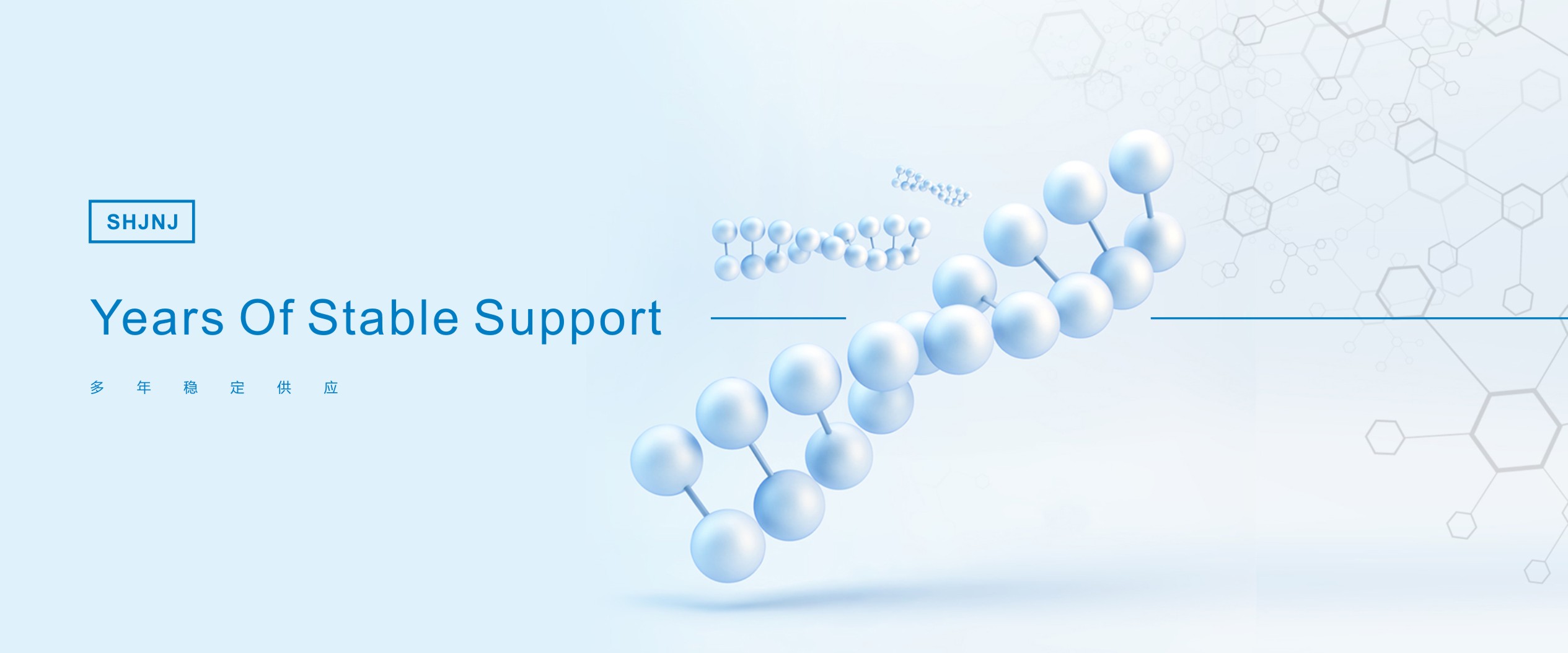

新闻详情
 2021-03-29
2021-03-29
Sevelamer carbonate in HD patients
Sevelamer carbonate is an anion exchange pharmaceutical, recently developed as an improvement of the non-absorbable sevelamer hydrochloride. It was developed to avoid wors¬ening of metabolic acidosis, reported as one of the possible concerning side effects of sevelamer hydrochloride long-term treatment, and to increase patients* compliance through the development of new pharmaceutical presentation (Duggal et al 2006). Sevelamer hydrochloride is a non-calcium and non-metal quaternary amine anion exchange resin, which upon binding to a PO4 molecule by ionic and/or hydrogen bonding releases one hydrochloride molecule. For this reason, sevelamer hydrochloride has been demonstrated to worsen the metabolic acidosis that affects HD patients, leading to a serum bicarbonate threshold of 17-19 mEq/L, below the recommended K/DOQI level of 22 mEq/L (De Santo et al 2006). There are abundant data from short-term metabolic studies in patients with CKD indicating that metabolic acidosis, a common condition in renal insuffi¬ciency, may set up or worsen protein-energy malnutrition, mflammation, and bone disease. Although carbonate is the alternate counterion to chloride on the polymer backbone of sevelamer, the active poly(allylamine) responsible for phosphate (PO4) binding remains unaltered between the two sevelamers. Therefore, it could be expected that sevelamer carbonate is acting similarly to sevelamer hydrochloride in serum P and lipid reduction, due to the fact that the anion does not play any role in phosphate binding. Together with dietary restriction and dialysis, sevelamer is currently prescribed in uremic HD patients to control hyperphospha¬temia. Sevelamer, either hydrochloride or carbonate, exerts its action via the reduction of the amount of bioavailable P generated from food intake and intestinally absorbed from gastromtestinal fluids. In healthy patients, a poorly regulated P intestinal absorption is balanced by an efficient urinary P excretion, thus warranting normophosphatemia, but when advanced renal failure develops, an inefficient or absent P excretion no longer balances the unrelenting intestinal P absorption, thus leading to hyperphosphatemia. Looking at the clinical evidence produced with sevelamer carbonate to date, sevelamer carbonate has been demonstrated to be as effective as sevelamer hydrochloride in terms of serum P and serum lipid reduction in two different studies, one involv¬ing ESRD patients in hemodialysis and the other involving CKD, non-dialysis patients. A randomized, double blind, crossover design study was performed in HD patients to document the substantial equivalence of sevelamer carbonate with the hydrochloride form (Delmez et al 2007). Patients were eligible if they were on HD 3 times per week for at least 3 months. Ninety-two percent of the enrolled popula¬tion was maintained on sevelamer hydrochloride as the sole phosphate binder at a total daily dose of M13.6 g, with or without vitamin D analog and/or lipid lowering therapy, and patients were reported to be historically well controlled in terms of serum P (3.5-6.5 mg/dL). After a 5-week run-in period to titrate the dose of sevelamer hydrochloride, cina- calcet, and vitamin D analog, 79 HD patients were randomly assigned in a 1:1 fashion to either sevelamer carbonate or sevelamer hydrochloride for 8 weeks followed by a crossover to the other treatment for additional 8 weeks. Sevelamer starting dose was individualized to the prescribed dose dur¬ing the run-in period. Three subgroups of patients could be roughly identified on the basis of the daily dosage: (a) w4.8, (b) > 4.8 to 9.6, and (c) >9.6 g/day. Unfortunately, the paper by Delmez et al (2007) did not report the individual serum P level, total cholesterol, LDL, and serum bicarbonate, or the average serum P level of the three subgrouped patients according to the need of a so strikingly different daily dosing, determined at the end of the 5-week run-in period. Patients were instructed to maintain the same daily dose throughout the full observational period, ie, 16 weeks. In the equivalence testing with a 90% CI for log-transformed serum P within the range of 0.80-1.25, the mean serum P was 4.6 ± 0.9 mg/dL during sevelamer carbonate treatment and 4.7 ± 0.9 mg/dL during sevelamer hydrochloride treatment. Efficacy assess¬ment was run in the per protocol set (PPS), thus excluding protocol deviations expected to bias the results. Seventy-one percent of patients during sevelamer carbonate and 70% during sevelamer hydrochloride treatment were within the recommended serum P range. At the end of each treatment, 41% of patients treated with sevelamer carbonate and 53% of patients treated with sevelamer hydrochloride had a serum bicarbonate level lower than the recommended value of 22 mEq/L. These results suggest a better outcome in serum bicarbonate at the end of sevelamer carbonate treatment, whereas patients during sevelamer hydrochloride treatment presented with lower serum values of total cholesterol and LDL cholesterol, suggestive of a better outcome in lipid lowering profile at the end of sevelamer hydrochloride treat¬ment compared with the carbonate.
It has to be mentioned that recently Qunibi et al (2008) showed that the reduction of low-density lipoprotein cho¬lesterol (LDL-C) levels may be responsible for the lowering of CAC in patients treated with sevelamer hydrochloride. Indeed, they showed that after intensive lowering of LDL-C levels for 1 year with atorvastatin, hemodialysis patients treated with either calcium acetate or sevelamer experienced similar progression of CAC (Qunibi et al 2008).